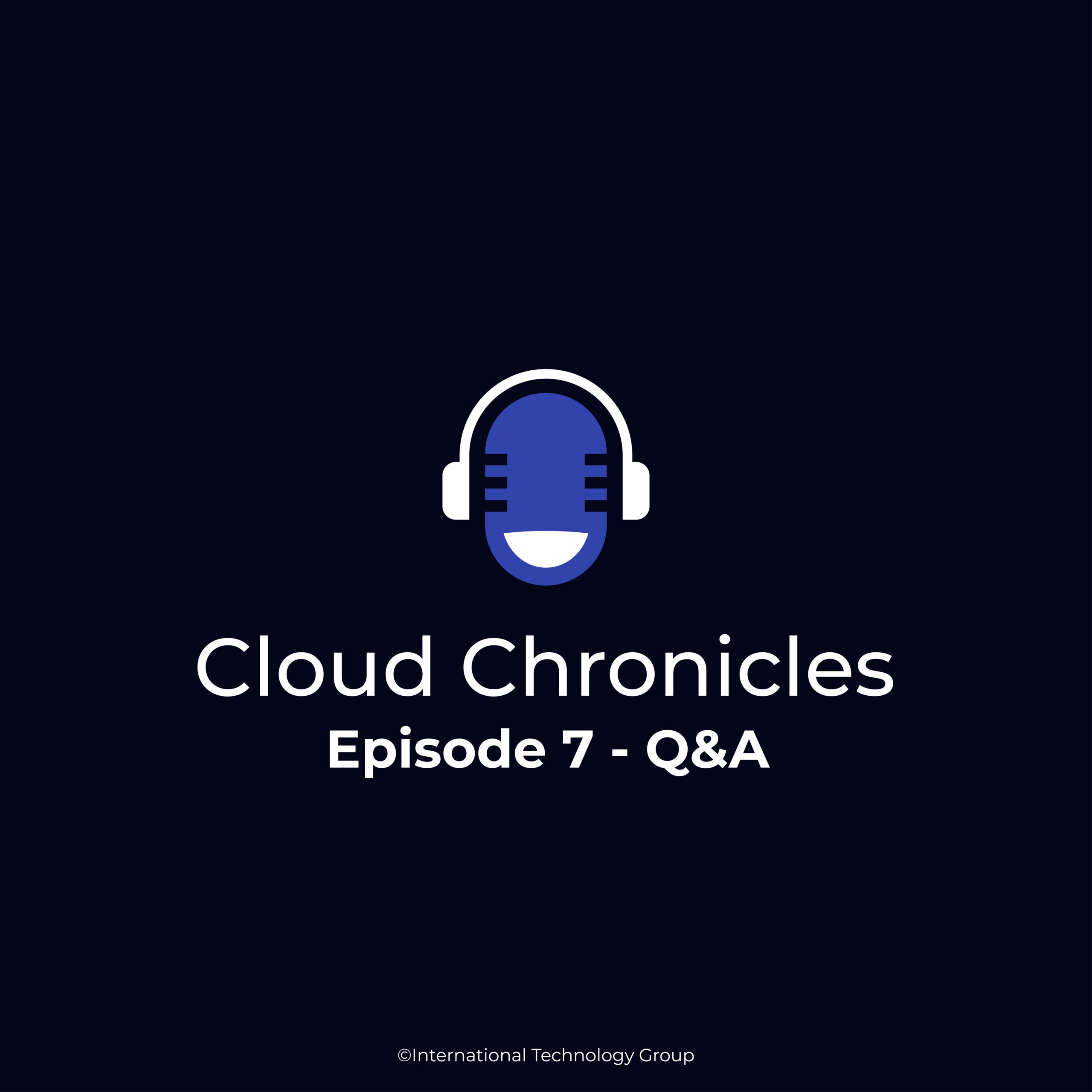We answer key questions to consider before moving to OCI or Oracle Cloud ERP and explore migration scenarios for a smooth transition to the cloud. Read the blog:
In this series, we will explore various pathways to the cloud. In part one, we outline the pathways, including insights, benefits, drawbacks, and models. Read the blog:
Oracle released the latest updates (25B) in early March and offers a range of updates in Billing, Cost, Planning, Resource, Program, and Grant management. Read the blog:
Experts share insights and guidance that will help you uncover the most suitable Primavera scheduling solutions for your project needs and strategic objectives. Read the blog:
Explore the cutting-edge tools and techniques in program management, project controls, and construction management at Western Winter Workshop 2025. Read the blog:
Explore Oracle's latest innovations and how these advancements can drive operational efficiency and improve project outcomes. Read the blog:
By prioritizing well-designed timesheet layouts and diligently maintaining user HR records, achieve seamless integration and enhance overall project performance. Read the blog:
Experts address audience questions about adopting Cloud ERP vs a best-of-breed approach, EBS financials in future planning, and CoA strategies. Tune in:
In this update, key areas of improvement include Billing, Cost Management, Planning, Resource Management, Program Management, and Grant Management. Read the blog:
Experts discuss the lessons learned when migrating on-prem apps into OCI/Oracle Cloud Apps, the cost and ROI associated, the role of managed services, and more!









